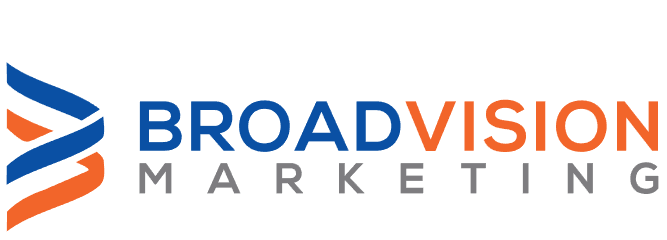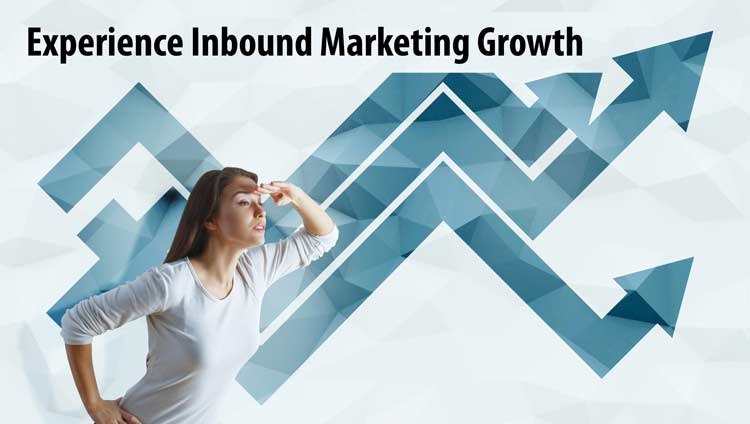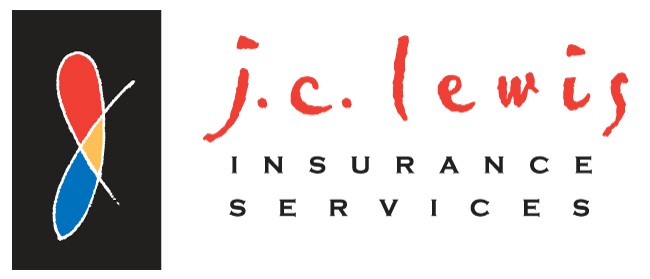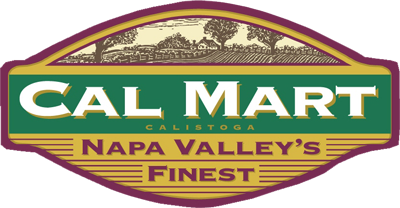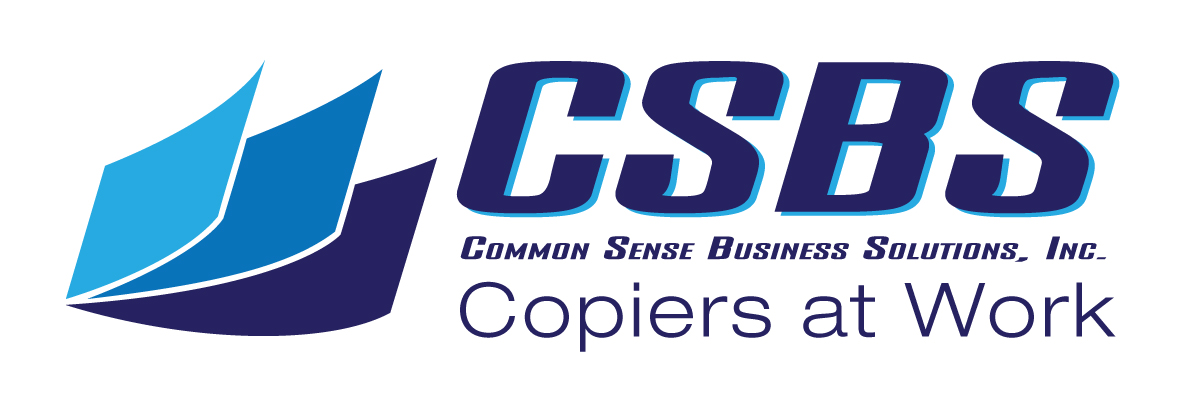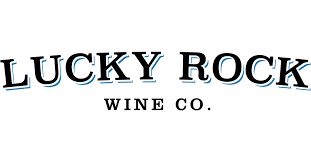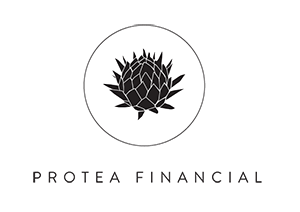Advancing Your Business with Scalable Digital Marketing Solutions
What Are ?
offers useful like blogs, email, , and SEO to attract a prospects’ attention.
If you want to capture the leads that are already out there and grow your business with sustainable, cost-effective methods – you need to be on top of .
Why Works
In , marketers have sought consumer attention by “disrupting.”
creates customers and prospects who truly want to hear from you. This willing engagement makes it far more likely that when a is ready to buy, they will make their purchase from the company that provided them valuable, . This is where fails and the can generate tremendous business growth. Through informative online , helpful videos, funny tweets, , and many other outlets – works because it draws the leads to you.
Attraction
People have different needs, and not all prospects have the same interests, goals, and behaviors. Therefore, when evaluating your target market, it’s helpful to create several different buyer personas, so you can tailor your to be more relevant, and valuable to each .
Engagement
Always make sure you take care of customers the way they want. This always you to build stronger relationships with them. Focus on the benefits of your products or services and always show them the value your offer.
Satisfaction
strategies that delight prospects ensure engaged customers come back many times and stay engaged with your business. Taking care of your customers should be of utmost importance no matter their issues. It’s these customers who tell everyone just how well they were treated and enable more customers to flood your business.
The Funnel Explained
At its core, the funnel isn’t much different from the buyer’s journey you’re familiar with.
Leads are shown different types of based on how far they’ve gotten in your sales funnel. First-time potential customers might find a blog post outlining how a product can solve a new problem they have. Perhaps they’ve realized that their shingles aren’t fit for severe weather and need to find a more enduring roofing material.
On the other hand, promoters who have interacted deeply with a business will get much more shareable and . They are already an entrenched part of your base and are a reliable source of social proof and general excitement over your brand.
What is an Automated Workflow?
Leads are much more likely to continue interacting with your business if you respond to their interest within the first 5-minutes. However, assigning someone to sit down and monitor all incoming interactions is a blatant waste of manpower. Especially when the process can be easily automated.
Automated workflows in or refer to pre-made responses that are sent based on specific actions. Examples include sending a free gift for providing your email or emailing recommendations based on previous purchases.
A prepared response may sound like it’s going against the “customized experience” of , but that’s far from the truth. Since it is the ‘s actions that prompt a workflow to initiate, they feel like they are being individually looked after. That’s why it’s important that the template message you craft doesn’t come off as overly robotic.
Additionally, although these messages follow a template, they have sections that differ according to the situation. Things like the recipient’s name, recommended products, and special offer types will vary widely for a more personal experience.
Nurturing Leads Throughout the Sales Funnel
When buyers are merely seeking out initial information, a hard sell pushes them away. Likewise, you do need to close when the time is right. uses and tactics that strike the right chord at the right time. A carefully crafted workflow lets you set up follow-up emails ensuring that you’re reaching them when their interest is peaking.
Generally, leads are separated into five stages that determine what type of a is searching for.
- Strangers: Completely new consumers who haven’t discovered your brand yet. These are people who have identified a problem and just started to search for a solution.
- Visitors: Strangers who are interacting with your business on a surface level. I.E. Browsing your site or checking for social proof.
- Leads: Visitors that have interacted with multiple forms of your . They are in the research phase and are considering making a purchase.
- : Leads who have taken the next step and gone through with a purchase from your business. This is where trust is cemented and where they can start providing social proof to your brand.
- Promoters: Customers that make an effort to spread your brand within their circles. They are the best targets for involvement in , , and other highly interactive and shareable mediums.
campaigns can each begin and conclude with the right sales tactic – delivering hands-off information, offering a soft sell, or requiring a filled-out contact form to obtain more info. At each stage, nurtures the lead with the right touch.
The Benefit of for Small Businesses
The resources available to large corporations give them the freedom to pursue high-budget advertising campaigns, but smaller-sized businesses don’t have that option. help bridge this gap and reach that .
Many strategies don’t involve large productions or endorsements. They rely on using owned media sources to improve your online visibility and access. This includes mediums like , , blog posts, and .
All of the presented options, when utilized correctly, can introduce large demographics to your brand with a low-cost .
Types of Methods
Any number of mediums can play a part in your process. These can be a blog post, content distribution, infographics, social media and more.
SEO ()
SEO is 3 parts content, technical, and off page. Without proper SEO, potential shoppers are much less likely to find and interact with your themselves. This is the least conspicuous form of , but it serves as the foundation of all your .
One of SEO’s most compatible attributes with is keyword detection. When people are searching for a solution to their needs, the keywords they include in their query help Google bring up appropriate results. If the right words or phrases aren’t integrated, then your will end up buried somewhere on the 50th page of results. tools like are used to make sure you rank at the top of results pages.
Blog Posts
The key word here is consistent. There are countless blogs on nearly every subject, but most of them are poor. They start out strong with updates coming once, sometimes twice, a week. However, as time goes on and view counts remain low, they are often put on the back burner.
This is a major loss to any as many of the benefits of a consistent blog aren’t quantified by direct views.
The more active your blog is, the more shopper questions your site addresses well. This gives your business and a higher level of credibility and makes it more likely that shoppers remain in your sales funnel.
is one of the more intimidating aspects for small and medium-sized businesses to tackle. It’s a very direct method for conversing with your base and opens up a dialogue for both fair and unfair critiques.
It helps you build the right brand image and provides an easy source of social proof in comment sections. These are invaluable assets to any . Since most is only given glancing consideration, you’re able to get out an extensive amount of to potential customers while hitting a wide range of keywords and phrases.
There’s no need to create high-production skits or partnerships either. Depending on your goals, you can use template surveys or product highlights to get a discussion going and spark the engagement you need.
Designed for Your Customers
provides that specifically appeals to your potential customers. Better than casting an open net, better than targeting a general demographic – has direct relevance to the information sought by the consumer.
This means you’re not wasting resources attempting to connect with uninterested parties. So, while gets in front of fewer leads than traditional advertising, it only brings in the hottest leads.
How to Create a
However, to do this effectively, you need to have a clear image of the type of shopper you’re trying to target. This is your “.”
Initially, you can get the needed information from consumer research, surveys, subscriber information, or just by consulting your . You’re looking for trends about which people consume your and how they find it in the first place. Figuring out data like age, gender, income, and preferred media will allow you to create targeted messaging for a campaign that is several times more efficient than general advertising.
Data to Analyze and Improve
Creating your isn’t the end. You’re just a few steps from the starting line. The results of can be tracked on a daily basis and offer immediate feedback to inform changes to your campaign.
However, this also means that the specifics of your evolve as you gather more data. It might reveal new treads or force you to pivot strategies with a newly released product. The beauty of is that you always know where your leads are coming from, how often they convert, and what engagement is causing it.
This reveals another major weakness in . Because it hits a broad audience, there’s no way to test the effects that small tweaks have. It’s lack of focus means that businesses can’t be sure that better results are due to a new tactic or occur because that tactic is reaching an entirely new person.
Choosing an
It’s a brand new world and you don’t want to get lost in it. The vital role of in cultivating a brand means that your messaging needs to have a consistent voice on top of everything else. Rather than hiring full-time specialists to take over this role, it’s more effective to bring on a third-party agency.
marketers manage your resources so that everything is optimized for your ever-changing and buyer personas. This means purposeful blog posts that draw in new searchers rather than pumping out irrelevant topics. It means an optimized website experience that organically prompts visitors to share their information. Most importantly, it means keeping customers with YOU the entire time.
It’s difficult to judge an on the small things, since you’re not an expert yourself. However, it speaks volumes toward their credibility when they’re open about their previous body of work. Their website should include case studies and testimonials detailing the exact results they brought to each of their clients. If you need further confirmation, you can always contact these clients and ask for their first-hand experience.
It’s also worth considering how an agency handles their own . If an agency can’t do right for themselves, how can you expect any better for your business?
Turn to BroadVision for Help with
At BroadVision , we keep our client’s names right on our homepage as badges of pride.
We get multiple sources set up for you right away so you can start seeing results as soon as possible. We also perform a holistic overview of your current website to find pain points that are hindering your ability to generate leads and convert .
Then we get to the real work.
You’ll see remarkable changes in your online visibility and prospective interaction. We’ll spread targeted digital through several online and channels and bring fast and improving results to your .
If you’re ready to hire an or need more info about the process, contact BroadVision today. We’ll lead the way!
The Seven Principles for Attracting More Clients
This free white paper will help you build a solid foundation for all of your efforts:
Inbound Marketing
Inbound marketing methods can change the way you do business online.
Content Marketing
Content marketing can change your company's bottom line when done right.
Video Marketing
Video is an integral part of Inbound Marketing because of how it connects with your audience.
Social Media Marketing
One of the main pillars of a successful Inbound Marketing Strategy is a rich social media presence.
Search Engine Optimization
One of the most critical elements of Inbound Marketing is Search Engine Optimization or, SEO.
Inbound Website Design
Successful Inbound Marketing comes from connecting with your audience through a well-designed website.
Lead Generation
Businesses often struggle with lead generation, but marketing brings new leads to you.
PPC / Google Ads
Place custom ads where your audience is most likely to see and take advantage of them.
Marketing Automation
Nurture your leads until they become sales with the help of marketing automation.
Learn How Our Team Uses Data to Drive Your Inbound Marketing Strategy

Who We Are

Digital Marketers

Contact Us
Inbound Marketing Success Stories
What Our Customers Have to Say
